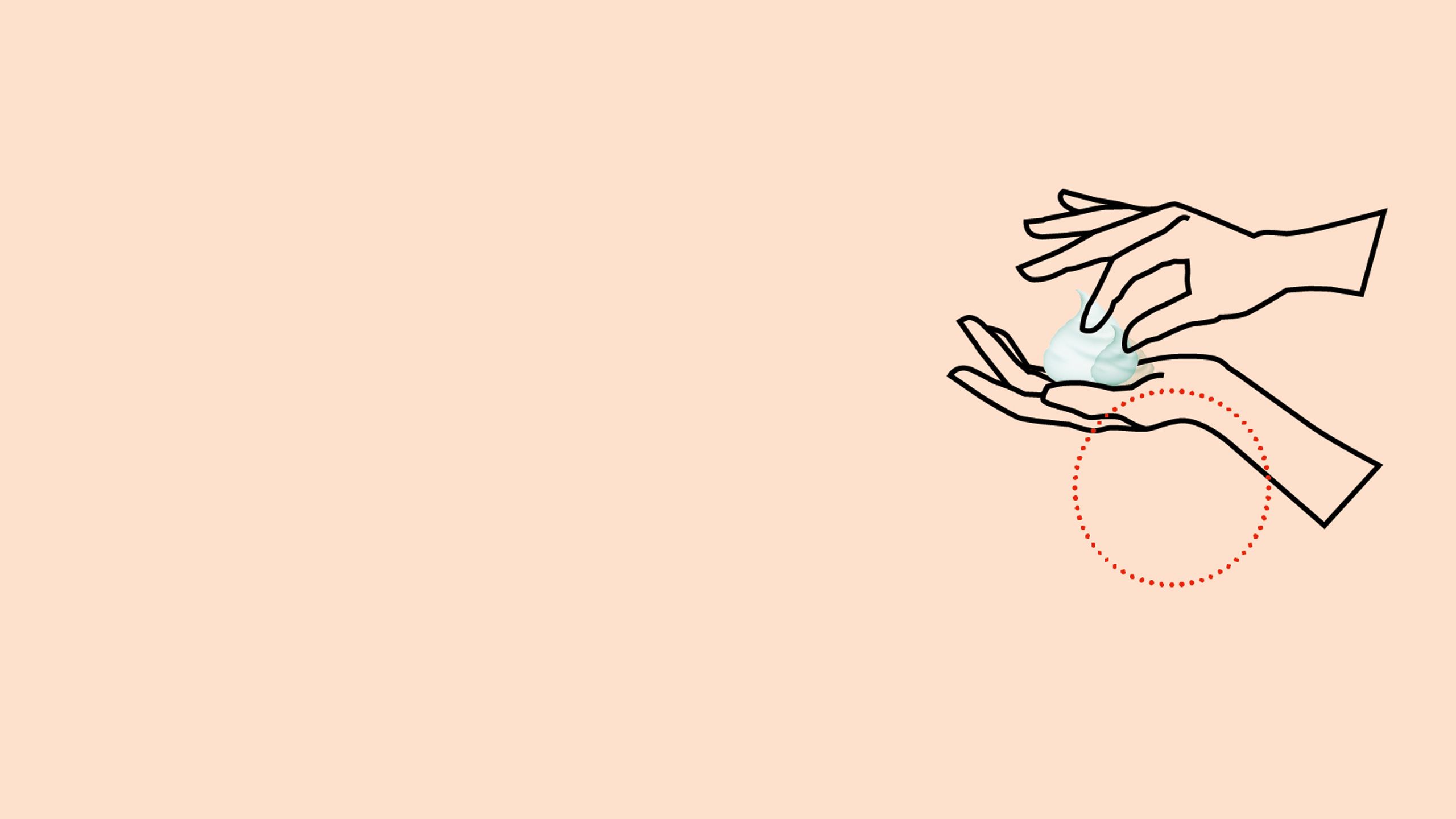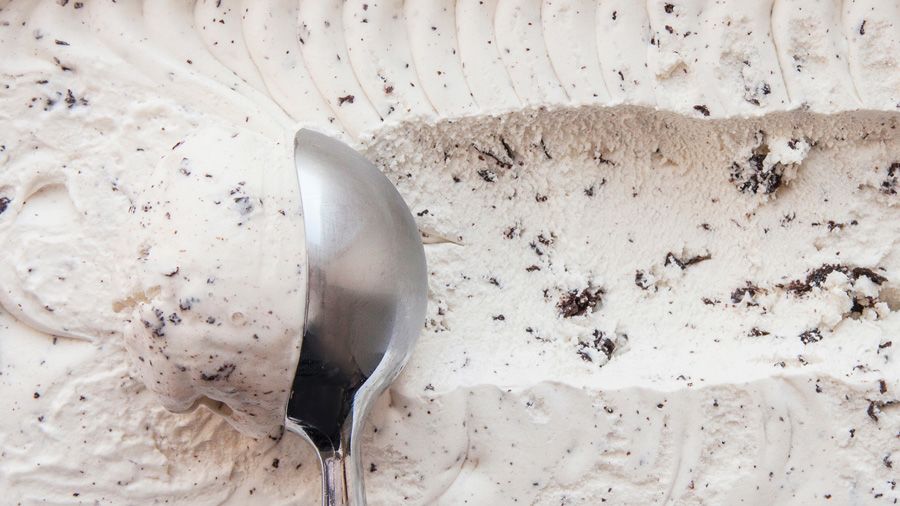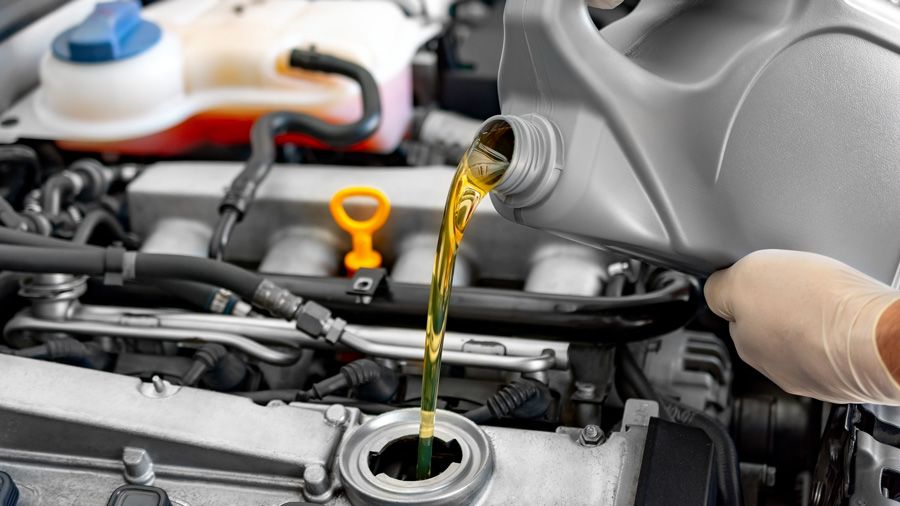SMOOTH OPERATORS
How Imperial boasts one of the world's most renowned teams in a field you may never have heard of.
From helping robots dig Martian soil better to allowing brain surgeons to place needles more accurately during cancer surgery, tribology could be the most important scientific discipline you’ve never heard of.
So what is this revolutionary science? Tribology, from the Greek verb tribo meaning “to rub”, is the science of interacting surfaces in relative motion – friction, wear and lubrication to you and me. And Imperial’s tribology group, led by Professor Daniele Dini, is one of the most respected teams in the world.
The potential benefits of advances in tribology stretch far beyond just reducing friction inmachinery, of course. Imperial’s group is working on applications as diverse as using friction to improve electric vehicle batteries and making replacement hip joints last longer to those Martian robots – and even ensuring condoms stay on.
Eye-catching partnerships recently have included collaborations with Proctor & Gamble, L’Oreal and Nestlé
The Imperial team’s special power, however, is its collaboration with industry, something it’s been doing for almost 70 years. “We have two large industry centres, with Shell and SKF, which shows the continuing support we get from companies,” says Dini. “The real secret of our success is the variety; we cover most applications with a big team and this has become self-sustaining.”
Some of the most eye-catching partnerships recently have included collaborations with Proctor & Gamble, L’Oréal and Nestlé. They have also worked with the Engineering and Physical Sciences Research Council (EPSRC), including research to achieve a better understanding of the effect of chemistry on the wear of implants, the development of functionalised materials to mimic articular cartilage, and the development of a software to tackle complex multiscale and multidisciplinary problems involving tribology.
With larger collaborations, the partner organisation will embed one of their staff within the group. “The Shell University Technology Centre (UTC) for Fuels and Lubricants encourages the relationship between our researchers and Shell scientists by placing a Shell manager in our offices for two days a week,” he says. And a recent project with SKF, a global supplier of rolling element bearings, seals, mechatronics and lubrication services, investigated the propagation of cracks in components of machines, particularly bearings.
“The team used a combined numerical and experimental approach involving mathematical modelling to predict stress intensity and a triple-disc contact machine to determine the major parameters which influence the growth of cracks in components.”
“Most of our projects are multidisciplinary and range from atomic and molecular simulation of lubricants, additives and surfaces to the modelling of systems, such as machine and biomedical components,” says Dini. But traditional tribology – friction between mechanical surfaces and the use of lubricants to reduce it – is still very important for the group. Professor Hugh Spikes, Emeritus Professor and Senior Research Investigator in the Tribology Group, says that lubricants have come on a long way since the animal and mineral-based liquids used in the past.
“Today’s lubricants are a highly finessed cocktail of hydrocarbons and additives, something which we’ve been very closely involved with,” he says. “New ideas include adding nanoparticles – particularly the wonder material graphene – to oils, and using ionic liquids, salts that are liquids at room temperature, to improve lubricant performance.”
Increasingly, the researchers use supercomputers to create models that capture behaviour involving hundreds of millions of atoms and molecules
The group’s research is split roughly 50–50 between the theoretical and the experimental. Dini’s theoretical research, for example, centres on the application of advanced modelling strategies to applied mechanics, materials, physics, chemistry, biomechanics and structural integrity. And, increasingly, the work requires the use of supercomputers to create models that capture atomic and molecular behaviour involving hundreds of millions of atoms and molecules.
“The high-performance computing facilities are one of the privileges of being at Imperial and these have doubled in size recently,” says Dini. “As part of a consortium, we recently won a big award for Tier 2 computing facilities, and that’s a reflection of the great work we’re doing.”
While on the experimental side of tribology, much of the work is in developing test rigs, bespoke pieces of equipment that can measure friction in mechanical systems and tools for measuring the thickness and effectiveness of lubrication films. The group’s work stretches right from the atomic scale, using probes to see how the behaviour of atoms on material surfaces, to metres-long pieces of equipment to test large industrial components. The team works closely with PCS Instruments, spun out from the College in 1987 and now one of the world’s leading tribology equipment suppliers, which also brings new external partners to the table.
It’s in health, however, that the group is involved in some truly ground-breaking research. As a key partner in the multi-partner EDEN2020 project, researchers played their part in developing new treatments in neurosurgery, including the development of a composite hydrogel to mimic brain tissue. “This material offers surgeons an accurate, tactile experience with invaluable and unrestricted opportunities to practice operations in the hope of increasing surgery success rate,” says Dini.
Elsewhere, the team has also been developing materials for use in knee surgery, such as sponge-like materials that mimic the cartilage that cushions the joints. “We are even working on techniques where we replace a bit of bone and cartilage and get the patients’ cells to regrow themselves,” says Dini.
Imperial’s tribology group is helping drive the green revolution through improving the transmissions in electric vehicles
Outside of the operating theatre, tribology also has a part to play in saving the planet, helping reduce carbon emissions from vehicles by a tenth and reducing energy consumption globally. Significant energy is lost due to friction in sliding interfaces, so to use less energy, we need to minimise the amount that is wasted. Therefore, finding ways to minimise friction and wear through new technologies in tribology is critical to a greener and more sustainable world.
As the world moves away from fossil fuels, Imperial’s tribology group is also helping drive the green revolution through improving the transmissions in electric vehicles and even a return to water-based lubricants.
So while tribology has been with us longer than you might think – Stonehenge would never been built without some knowledge about the tribology of moving those bluestones from Wales to Wiltshire – the work of Imperial’s tribology group looks set to deliver benefits for the planet, businesses and individuals long into the future.



Industry partnerships
L'Oréal
Challenge
Understand the sensations of perception and touch in the field of skincare.
Solution
Evaluate the stress, strain and energy fields within multi-layered hyper/viscoelastic soft tissue in the vicinity of mechanoreceptors in order to numerically model skin-surface interactions.
Outcome
Help to develop new skincare products and tailor production methods.
Nestlé
Challenge
Predict in-mouth behaviour and sensory perception of confectionery. Oral processing of food is complex especially when hard particles (chocolate chips for example) are included in soft emulsions, foams or aerated-systems.
Solution
Develop a multi-scale thermo-mechanical computational model for simulating the interaction between aerated fluid and solid structures. This includes a “first bite” model for fracture and progressive damage of product into particles.
Outcome
Help Research and Development into innovative confectionery products.
BP Castrol
Challenge
To improve vehicle exhaust after-treatment systems to remove noxious emissions.
Solution
Reduce contamination by evaporation and combustion products from engine lubricant additives that poison the catalysts and block the filters by studying the wear and film-forming properties of a wide range of potential alternatives.
Outcome
Improved efficiency of engine lubricants.
Imperial is the magazine for the Imperial community. It delivers expert comment, insight and context from – and on – the College’s engineers, mathematicians, scientists, medics, coders and leaders, as well as stories about student life and alumni experiences.
This story was published originally in Imperial 52/Summer 2022.



